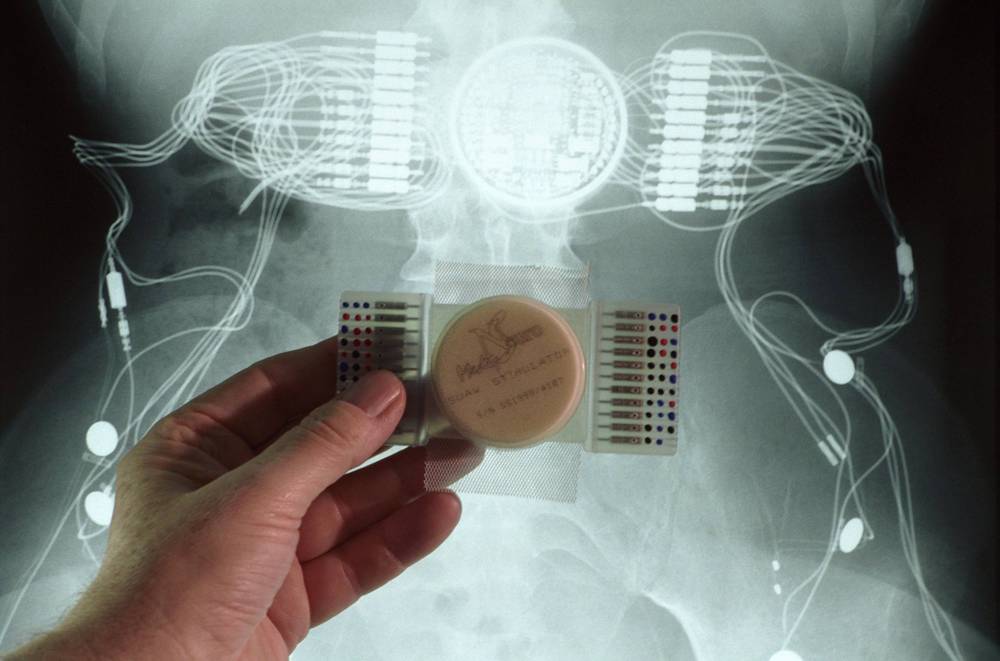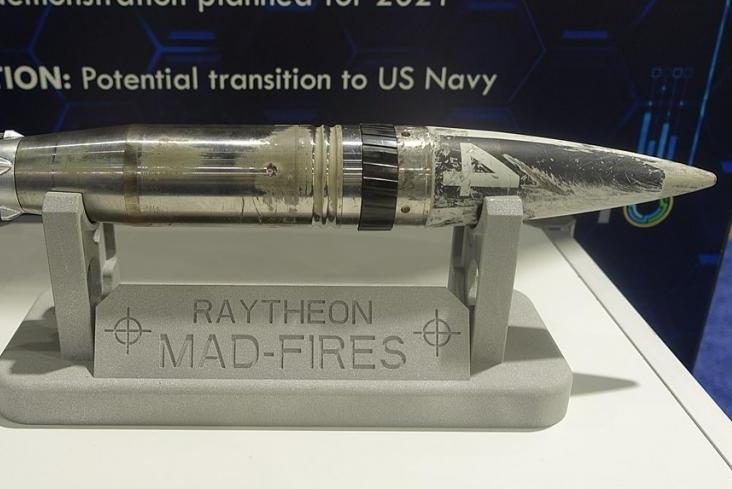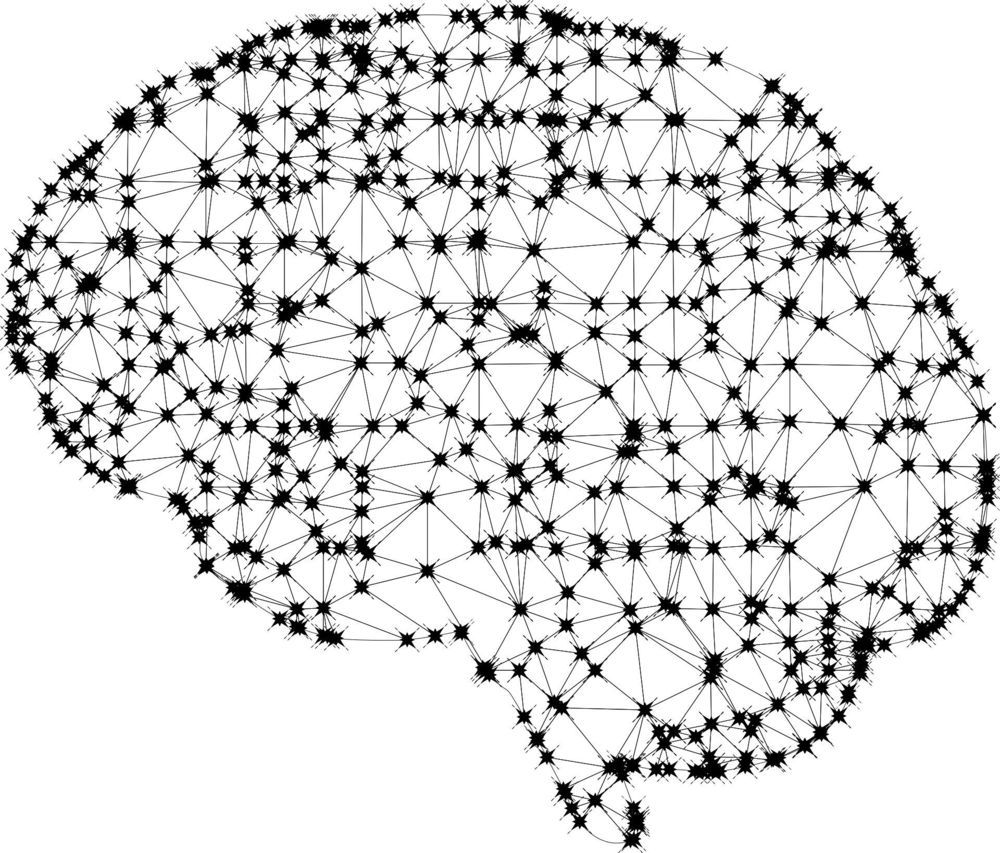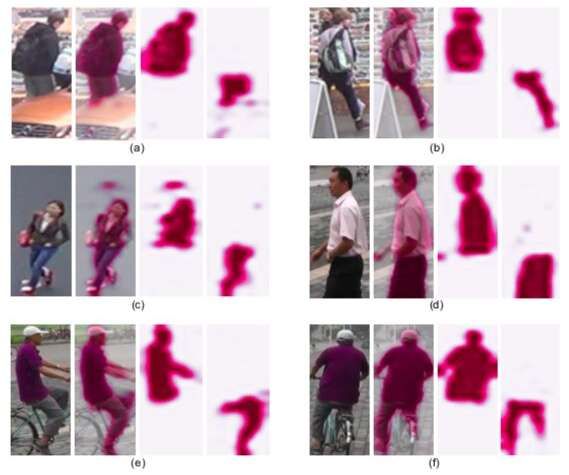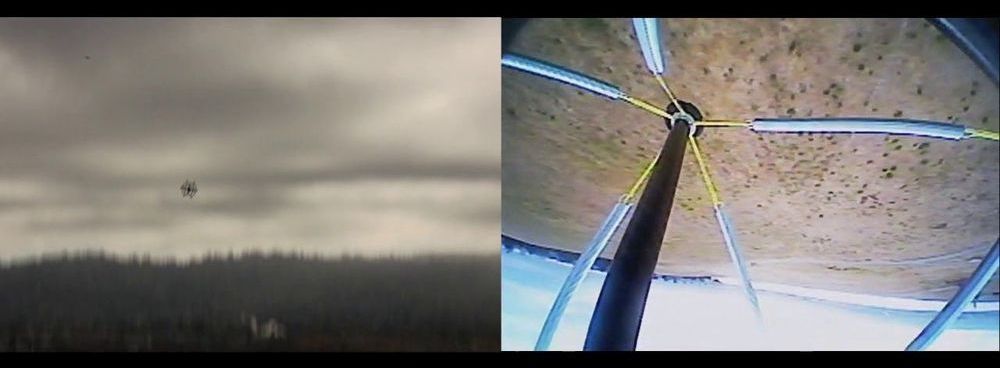That’s just the beginning: A.I. brain implants might be next.
Category: robotics/AI – Page 2,102
Most antibiotics work by interfering with critical functions such as DNA replication or construction of the bacterial cell wall. However, these mechanisms represent only part of the full picture of how antibiotics act.
In a new study of antibiotic action, MIT researchers developed a new machine-learning approach to discover an additional mechanism that helps some antibiotics kill bacteria. This secondary mechanism involves activating the bacterial metabolism of nucleotides that the cells need to replicate their DNA.
“There are dramatic energy demands placed on the cell as a result of the drug stress. These energy demands require a metabolic response, and some of the metabolic byproducts are toxic and help contribute to killing the cells,” says James Collins, the Termeer Professor of Medical Engineering and Science in MIT’s Institute for Medical Engineering and Science (IMES) and Department of Biological Engineering, and the senior author of the study.
- Bus manufacturer New Flyer has launched an autonomous technology program to develop and deploy self-driving and driver-assist technology for public transit agencies.
- In a release, New Flyer said it will focus on building connectivity and vehicle-to-infrastructure (V2I) technology into public roadways. The company also said it will coordinate its efforts with federal agencies and industry groups working on automation, including the Society of Automotive Engineers.
- “Transit agencies across North America have been asking for progressive technology, regulators have shown commitment and support to technology advancement, and passenger confidence has been increasing as they experience autonomous technology firsthand,” New Flyer president Chris Stoddart said in a statement.
Most major technology research has focused on smaller autonomous vehicles (AVs), with companies eyeing shared autonomous fleets or ride-hailing services. But applying self-driving technology to public transit could hold huge potential, making bus service more energy efficient and safer. Buses travel on defined routes and can be coordinated with connected infrastructure, making them a potentially appealing option for cities fearful of further congestion from autonomous fleets.
Governments have already been exploring driverless shuttles, which carry fewer people than a full-size bus and run on shorter routes. Cities like Detroit, Las Vegas and Austin, TX have all run autonomous shuttle trials. Autonomous buses have gathered more research abroad, with pilots in China and the Netherlands. Volvo recently ran trials for an 85-passenger autonomous, electric bus at Singapore’s Nanyang Technological University.
Impact Challenge
Posted in robotics/AI
Google.org issued an open call to organizations around the world to submit their ideas for how they could use AI to help address societal challenges. We received applications from 119 countries, spanning 6 continents with projects ranging from environmental to humanitarian. From these applications, we selected 20 organizations to support.
May 7 (UPI) — Raytheon Company successfully tested a hot fire rocket motor for DARPA’s Multi-Azimuth Defense Fast Intercept Round Engagement System.
The test for the U.S. Defense Advanced Research Projects Agency was conducted on an undisclosed date at Yuma Proving Ground in Arizona, Raytheon announced Monday.
The MAD-FIRES interceptor is designed to provide self-defense capability that defeats multiple waves of anti-ship missiles, unmanned aerial vehicles, small planes, fast in-shore attack craft and other platforms that “pose a perennial, evolving and potentially lethal threat to ships and other maritime vessels,” according to the agency.
Physicians making life-and-death decisions about organ transplants, cancer treatments or heart surgeries typically don’t give much thought to how artificial intelligence might help them. And that’s how researchers at Carnegie Mellon University say clinical AI tools should be designed—so doctors don’t need to think about them.
A surgeon might never feel the need to ask an AI for advice, much less allow it to make a clinical decision for them, said John Zimmerman, the Tang Family Professor of Artificial Intelligence and Human-Computer Interaction in CMU’s Human-Computer Interaction Institute (HCII). But an AI might guide decisions if it were embedded in the decision-making routines already used by the clinical team, providing AI-generated predictions and evaluations as part of the overall mix of information.
Zimmerman and his colleagues call this approach “Unremarkable AI.”
Person re-identification entails the automated identification of the same person in multiple images from different cameras and with different backgrounds, angles or positions. Despite recent advances in the field of artificial intelligence (AI), person re-identification remains a highly challenging task, particularly due to the many variations in a person’s pose, as well as other differences associated with lighting, occlusion, misalignment and background clutter.
Researchers at the Suning R&D Center in the U.S. have recently developed a new technique for person re-identification based on a multi-scale body-part mask guided attention network (MMGA). Their paper, pre-published on arXiv, will be presented during the 2019 CVPR Workshop spotlight presentation in June.
“Person re-identification is becoming a more and more important task due to its wide range of potential applications, such as criminal investigation, public security and image retrieval,” Honglong Cai, one of the researchers who carried out the study, told TechXplore. “However, it remains a challenging task, due to occlusion, misalignment, variation of poses and background clutter. In our recent study, our team tried to develop a method to overcome these challenges.”
Logic and memory devices, such as the hard drives in computers, now use nanomagnetic mechanisms to store and manipulate information. Unlike silicon transistors, which have fundamental efficiency limitations, they require no energy to maintain their magnetic state: Energy is needed only for reading and writing information.
One method of controlling magnetism uses electrical current that transports spin to write information, but this usually involves flowing charge. Because this generates heat and energy loss, the costs can be enormous, particularly in the case of large server farms or in applications like artificial intelligence, which require massive amounts of memory. Spin, however, can be transported without a charge with the use of a topological insulator—a material whose interior is insulating but that can support the flow of electrons on its surface.
In a newly published Physical Review Applied paper, researchers from New York University introduce a voltage-controlled topological spin switch (vTOPSS) that requires only electric fields, rather than currents, to switch between two Boolean logic states, greatly reducing the heat generated and energy used. The team is comprised of Shaloo Rakheja, an assistant professor of electrical and computer engineering at the NYU Tandon School of Engineering, and Andrew D. Kent, an NYU professor of physics and director of the University’s Center for Quantum Phenomena, along Michael E. Flatté, a professor at the University of Iowa.
